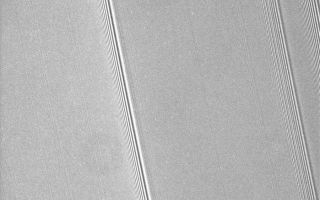
PIA10505: Propeller Swarm
|
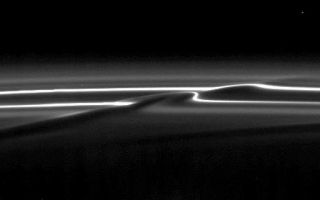
PIA10509: Streamer Channel
|
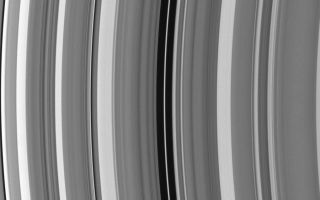
PIA10516: Maxwell's That Ends Well
|

PIA10518: Smokey Ring
|
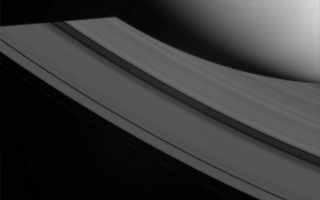
PIA10519: Shadow of the Giant
|
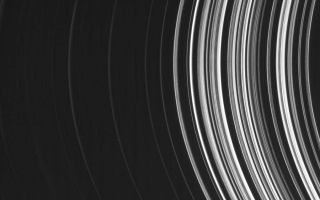
PIA10521: B Ring in the Negative
|
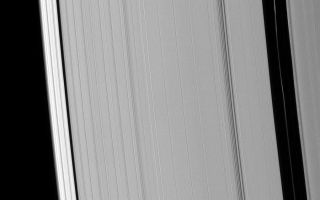
PIA10522: Fingerprints of the Moons
|
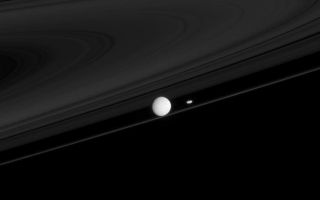
PIA10523: Ring Shapers
|
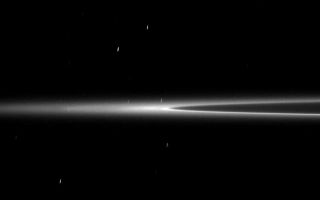
PIA10524: Lost Arc
|
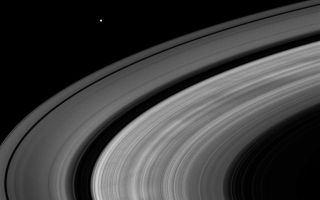
PIA10525: Spokes in the Morning
|
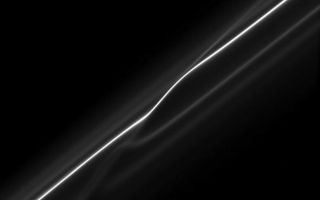
PIA10528: Ring Disrupted
|
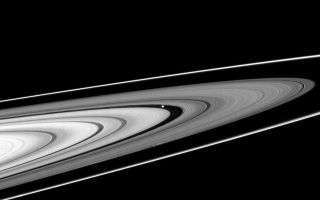
PIA10529: Making Waves
|
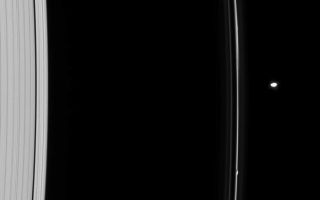
PIA10530: Pandora Gets Kinky
|
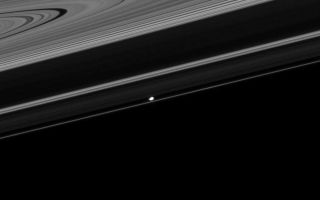
PIA10532: Prometheus Lurking in the Rings
|
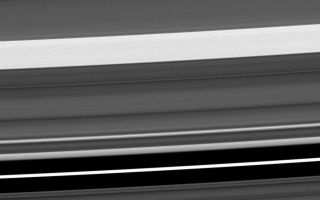
PIA10537: Many Faces of the C Ring
|
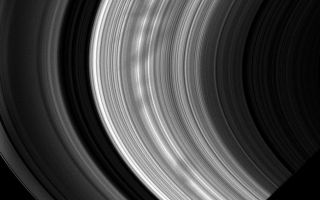
PIA10539: Out of the Shadow
|
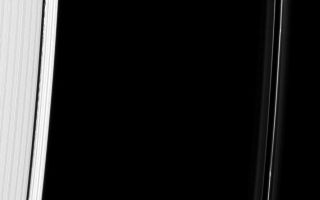
PIA10545: Fingerprints of the Shepherds
|
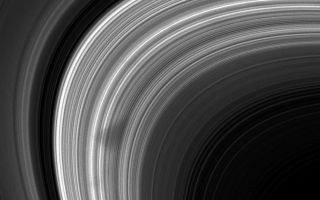
PIA10550: Dusty Wedge
|
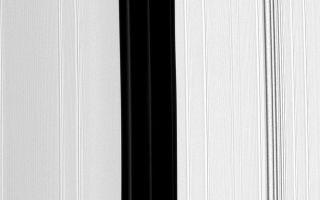
PIA10554: Not-Quite-Empty Gap
|
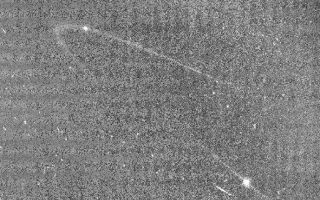
PIA11102: Anthe and Methone Arcs
|
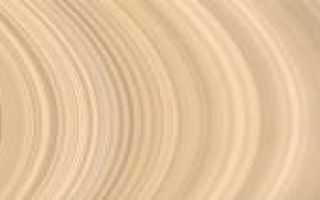
PIA11142: A Full Sweep of Saturn's Rings
|
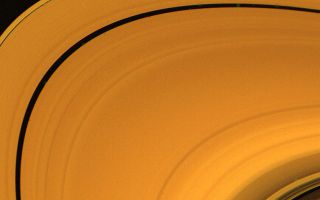
Saturne_7.jpg
|